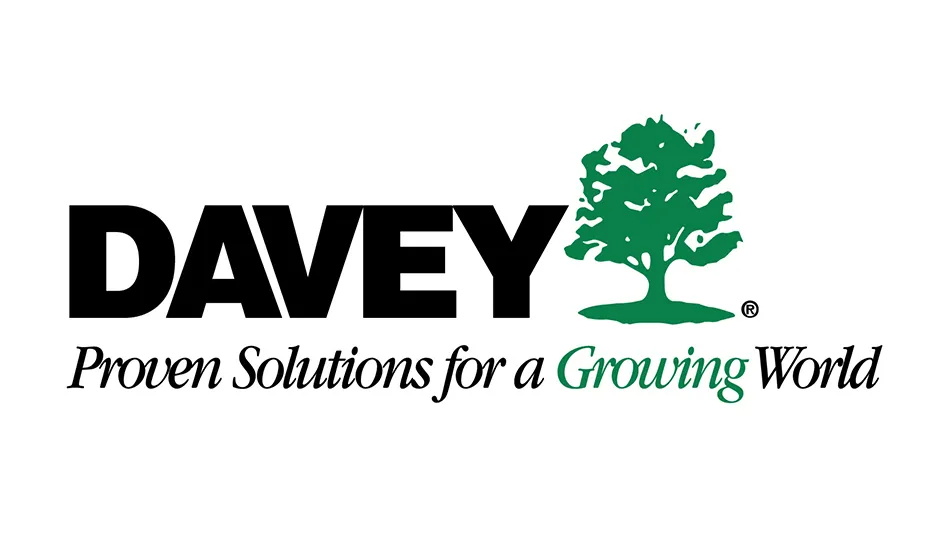
I’m not sure there’s any topic in the landscape industry that’s talked about more and executed less than jobcosting. Every owner I’ve ever talked to would like to know more about what’s working and what’s not. I don’t know if you’d be able to find a consultant/expert who says “Ignore jobcosting. It’s a waste of time.”
But for many companies, jobcosting is a waste of time. It’s too much effort, it’s too late with information and it’s too inaccurate to trust the information coming back. Unfortunately, most landscape companies fall into one of these categories:

- Don’t do jobcosting – don’t have time or the resources to start
- Gave up on jobcosting – information was too late with too many mistakes to be worth the time to enter it all
- Going through the motions of jobcosting – but rarely use or trust the information provided
If any of the above scenarios sound familiar, your business is falling victim to one (or more) of the six deadly mistakes of jobcosting.
Deadly Mistake #1: Doing Jobcosting In Your Head
“We’re a small company. I know how we’re doing on our jobs.”
Owners of small businesses are often involved enough on the job to keep tabs on where each job is at. But these owners usually end up as their own worst enemy. The information is all contained in their head, but as they grow, they get too busy to communicate properly. Employees, who don’t have the facts to make good decisions, depend on the owner for all the answers to every who, what, when, where and why. The owner then gets frustrated with staff because they feel like the staff have to be spoon-fed everything.
And if/when you do grow, all that information in your head is going to be very difficult to teach anyone else. If you had results tracked in a system, anyone could look back at old estimates and old jobcosting to learn how long things take.
But maybe the biggest reason for jobcosting when you’re small is the perception to your staff. If you don’t show that tracking hours and communicating “the score” are important, your people will never value bringing jobs in on-time and on-budget, either.
Deadly Mistake #2: Working Without a Good Estimate
Without a good, cost-based estimate, you’re missing most of the benefits of jobcosting:
- The estimate defines success for the job (the crew has x many hours to complete the work given a specific list of equipment).
- The estimate defines how time and costs should be tracked. It breaks down jobs into major sub-totals and dictates the level of detail for jobcosting and hours tracking.
Without standardizing how jobs are tracked, crews and bookkeepers have to guess how to record time and costs. Some people are going to make little effort to guess well and the results will be useless. Other people are going try their best to guess correctly, but if they’re entering information in areas that don’t line up with your expectations, the results are still useless. For instance, if you estimate 80 hours for a patio, but the crew records 18 hours for Excavation (without identifying it was for a patio), the office has to either guess what those excavation hours were for, or waste valuable time chasing the foreman with more questions.
Deadly Mistake #3: Too Complicated
Mistake #3 is a common mistake for the companies who start jobcosting. I certainly made this one for years in my own business. In theory, detail is great. You want good production metrics. We’d all like to dial-in our estimating, knowing things like:
- How much time does it take to excavate 100 ft.2 at 8”?
- How much time does it take to install/compact that much base?
- How much time to plant a 5G shrub?
- How much time to pour each yard/meter of concrete?
- How much time to trim 100’ of turf edge?
With all this information, we were sure to become much better at estimating, right?
But there’s little chance that a foreman who is trying to dig the area to the correct grade, chasing laborers, receiving deliveries, and planning their next task is going to be able to tell you exactly how much time each staff member spent on each task – not at that level of detail. At best, they’re going to guess at the end of the day.
So instead of getting good, accurate data, the information we were getting wasn’t what actually happened, it was what the foreman thought I wanted to see. They simply made actual hours as close to estimated hours as they could, filling in hours not by what actually happened, but by what our jobcosting sheet said should be happening. So even though I had all this data, I didn’t trust any of it.
On top of that, when we compiled all the results, the complex time breakdowns meant things often got missed and forgotten. Some tasks on the job had 0 hours, while others had four times their budgeted hours. Again, the reports didn’t reflect reality, foremen were guessing at the end of each day, and it only took a few of those jobs to poison the totals for the whole season, so that none of our task-tracking was trustworthy.
Too much detail in your jobcosting gives you the worst of both worlds: a time-consuming, confusing, detail-oriented system and nobody really trusts or uses the results.
Deadly Mistake #4: One system for payroll. Another system for jobcosting
When a timeclock (or some timekeeping system) is used for payroll, and daily sheets are filled out by the foreman for jobcosting, you’re going to get a lot of inaccuracy and a lot of extra work. When payroll is separate from jobcosting, you end up with a lot of ‘missing hours’ and a whole lot of overhead time wasted trying to reconcile the missing hours.
If you don’t show that tracking hours and communicating “the score” are important, your people will never value bringing jobs in on-time and on-budget, either.
Payroll and jobcosting should be the same system, not different systems. In order for crews to get paid for hours worked, they have to account for all their time to some task. That’s how they get paid, and that’s how you cost their time.
Your staff is likely fantastic at tracking their time… short them 10 min on their next pay, and just watch how quickly they catch the mistake! Payroll and jobcosting should be the same system/form and EVERY payroll hour needs to get allocated to something (it doesn’t have to be a customer job – it can be shop time, driving time, or deliveries, etc.). When the two systems are the same, jobcosting information will be far more accurate and complete.
Deadly Mistake #5: Too Many Systems
Most companies already have everything they need to use for better jobcosting… their accounting software. Its where you enter all your costs - vendor invoices, employee paychecks, subcontractor invoices, rental invoices – all the costs you need to track. The most efficient, and most accurate, way to jobcost your projects is to use your accounting software. Unfortunately, most companies only use their accounting for end-of-year statements and paying taxes. The major accounting packages do jobcosting, but most contractors haven’t setup their accounting, or their internal processes, to take advantage of it. Instead, there’s some office staff plugging costs into accounting, while other staff enter the same costs into spreadsheets or other software.
You don’t need information getting entered twice and three times in different systems. You need it to get entered once, correctly.
Deadly Mistake #6: No Feedback Back to the Crews
If you’re going to do jobcosting, you need to share the results often. One of the biggest advantages is “knowing the score” while the game is being played. It’s nice to know when we went over budget – but it’s even better to avoid going over budget in the first place.
Consistent feedback and a scoreboard attracts good employees and repels the bad ones. Share jobcosting information. Give updates as often as you can. You’re not only keeping your crews in the loop, you’re reinforcing the fact that being profitable is not something to take for granted – it’s something that needs attention every single day.
Mark Bradley’s Corner is an occasional advertorial series sponsored by LMN. For more information, visit their website at www.golmn.com.

Explore the October 2016 Issue
Check out more from this issue and find you next story to read.
Latest from Lawn & Landscape
- LandCare promotes Burnett to chief people officer
- David J. Frank Landscape celebrates 65th anniversary with groundbreaking
- Lawn & Landscape’s May issue is live
- The 2024 Top 100 List
- What do we stand for?
- SiteOne partners with FMC
- GreenCare for Troops announces You Move, We Mow Challenge
- Culture shift





